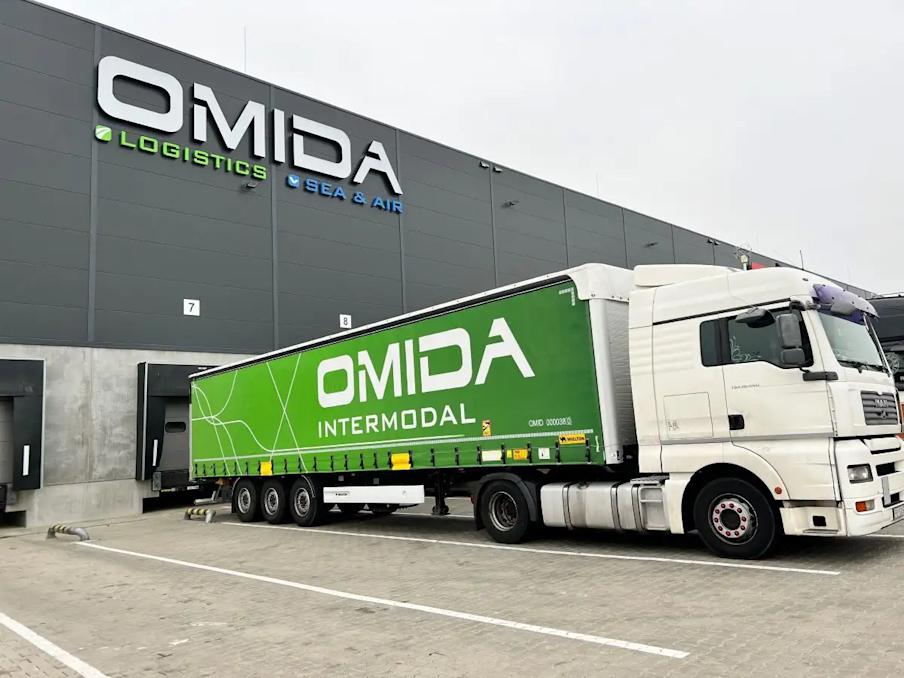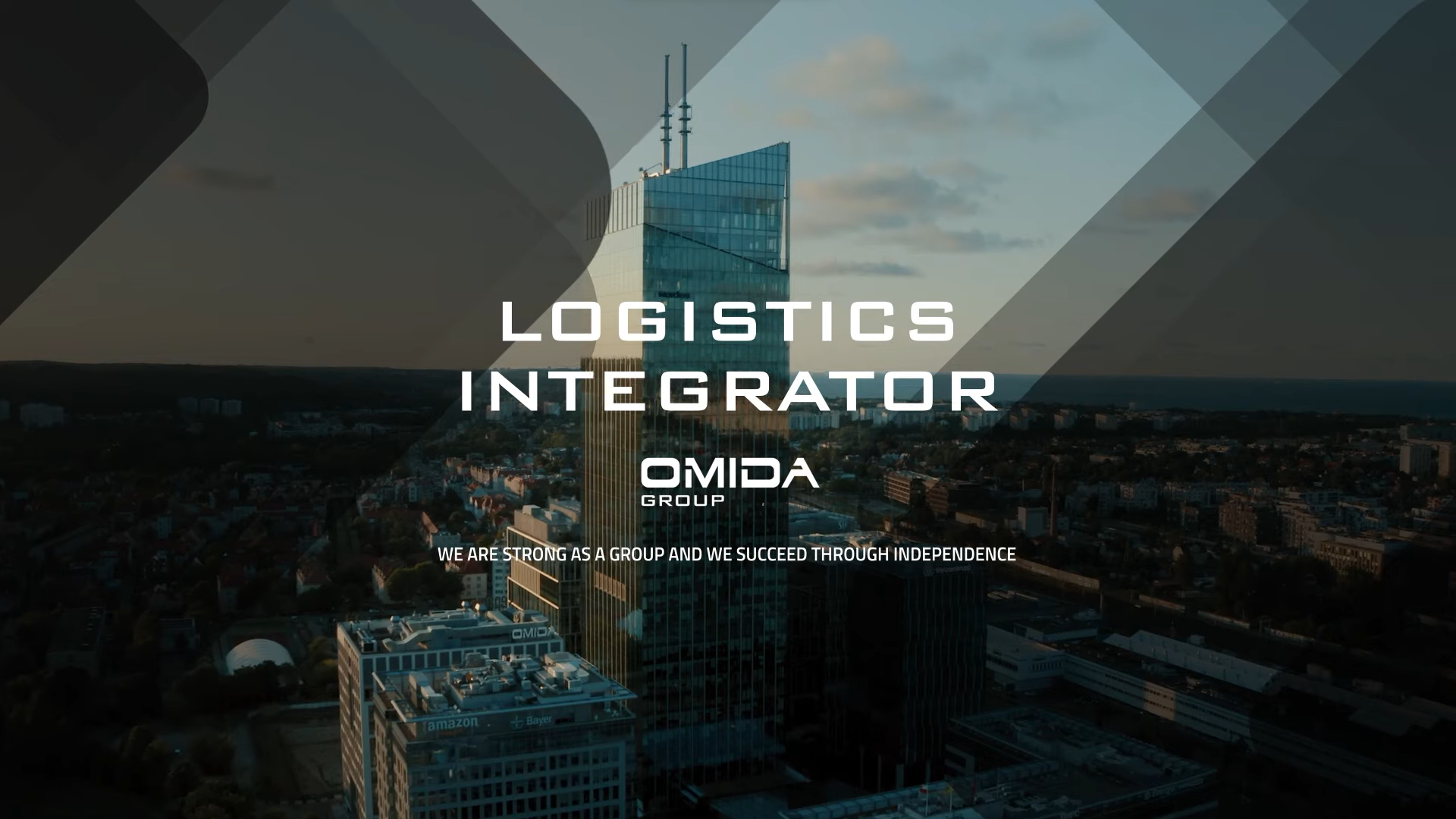Cross docking - what is it?
__Wondering how to minimize warehousing costs and speed up delivery of goods in your transport company? Here's the answer - cross docking! This method allows you to separate goods faster and more efficiently without storing them in a warehouse. This way, you not only gain time, but also reduce storage costs. In this blog post, you'll learn exactly what cross docking is and the benefits it brings to a logistics company. Get ready for a revolution by using modern logistics solutions! __
From this article, you will learn:
- What cross docking is and what warehouse processes it is responsible for. How it translates into smooth operations in the supply chain.
- What the cross docking process itself looks like - a comparison with the classic delivery model.
- What are the advantages of cross docking, in what situations cross docking works best and for whom this method is targeted.

What is cross docking?
Cross docking is a method of logistics management that minimizes storage time and costs by diverting goods from the receiving warehouse to the shipping warehouse immediately upon receipt.
In the cross docking method, goods are not stored in the receiving warehouse, but are immediately transferred to the distribution and shipping process. Because the goods are not stored, storage time and costs are reduced, and additional processes of moving and sorting goods are avoided.
This method is particularly effective for transport companies that need to deliver products to multiple destinations in a short period of time. Cross docking makes it possible to distribute goods to their respective destinations more quickly and efficiently and deliver them in a more timely manner.
Types of cross docking
There are three basic types of cross-docking:
- Transloading cross-docking (transloading cross-docking) - involves transferring goods from one mode of transport to another, such as from a sea container to a truck or from a rail car to a delivery truck. This type of cross-docking is particularly useful for companies that transport goods over long distances, require crossing borders or use different modes of transport.
- Sorting cross-docking - involves sorting goods according to their destination and routing them directly to the point of destination. This type of cross-docking is particularly useful for companies that distribute products to multiple retail or wholesale outlets, allowing for a significant reduction in lead times.
- Consolidation cross-docking - involves consolidating goods from different shipments to form larger batches and delivering them to one or more destination points. This type of cross-docking is particularly useful for companies that receive many small shipments from different suppliers and want to reduce transport costs by combining them into one larger shipment.
Choosing the right type of cross-docking depends on a company's specific needs and the specifics of its business.

What is a cross docking warehouse?
A cross docking warehouse is a storage facility that is designed specifically for the cross docking process. In such a warehouse, goods are not stored for long periods of time, but are transferred directly or after short-term storage.
In a cross docking warehouse, there are special loading bays where goods are transferred from one means of transport to another, or goods are sorted and transferred directly to the appropriate means of transport.
Such warehouses are particularly useful for companies that want to speed up the process of distributing goods, reduce storage costs and streamline the entire logistics of their company. Examples of industries where cross-docking warehouses are particularly popular are the food, pharmaceutical and clothing industries.
In addition, it is worth mentioning modern technologies in warehouses that use robots during cross-docking operations. The video below shows the operation of robots adapted for receiving, transporting and loading goods.
What are the main advantages of cross docking?
The cross-docking system brings many benefits to logistics companies, including:
- Faster order fulfillment - by eliminating the stage of storing goods in a central or receiving warehouse, the distribution process is greatly accelerated, allowing shorter delivery times, faster order fulfillment and increased customer satisfaction.
- Reduced costs - lower costs of storing goods translate into lower costs for all logistics.
- Minimization of the risk of damage to goods - thanks to the reduced process time, the risk of damage to goods during handling and storage is minimal.
- Flexibility - the cross-docking system makes it possible to adapt to changing market needs and product demand, allowing a quick response to changing market conditions.
- Optimization of the flow of goods - thanks to this system, you can optimize the flow of goods and minimize the risk of delays or errors in the distribution process.
- Reduction of inventory - thanks to the elimination of the warehousing stage, logistics companies do not need to store a large number of inventories, which translates into savings in storage costs.
All the advantages of cross docking make the use of this assortment management system particularly beneficial for logistics companies that want to increase their efficiency, reduce lead times and lower the cost of the goods delivery process.

Picker transshipment - at what stages of the supply chain can it be implemented?
Picker transshipment can be implemented at different stages of the supply chain, depending on the needs of the logistics company and the specifics of its operations.
Here are some examples of where picking reloading can be used:
- At the central warehouse - at this stage, goods are received from the manufacturer or supplier and are sorted and transferred directly to the appropriate means of transport, which will deliver them to their destination.
- At the receiving warehouse - at this stage, the goods are received from various deliveries and are sorted and transferred directly to the appropriate means of transport that will deliver them to the destination point.
- At the distribution point - at this stage, the goods are received from various receiving warehouses and are sorted and transferred directly to the appropriate means of transport that will deliver them to the destination point.
- At retail outlets - at this stage, goods are received from various receiving warehouses and are sorted at the distribution point or retail warehouse, and then transferred directly to the appropriate means of transport that will deliver them to the retail outlet.
At each stage of the supply chain, cross docking allows to increase the efficiency of logistics processes, i.e. reduce the distribution time of goods, minimize storage costs and reduce the risk of damage to goods.
Cross docking - for whom will this logistics model work?
Cross docking is a logistics model that will work well for companies that distribute goods from a central warehouse to multiple retail or wholesale outlets.
In the cross-docking model, goods are received at the central warehouse and immediately routed to transport that will deliver them to their destination. In this way, the goods are not stored in the central warehouse, which speeds up the distribution process and reduces storage costs.
This model will work especially well for companies that want to increase the efficiency of their distribution process, reduce storage costs and improve the time it takes to deliver goods to customers. This is especially important in industries where delivery time is crucial, such as the food and pharmaceutical industries.
What are the situations in which to opt for this supply chain model?
This method of distributing goods can be a beneficial solution in many situations. Logistics companies should opt for this model in the following cases when they care about the aspects listed below.
- High turnover of goods - this system is particularly beneficial for companies that have a high turnover of goods and want to minimize storage time. Picking transshipment allows a large volume of goods to be quickly and efficiently diverted to the appropriate mode of transport and delivered to the end customer in a short period of time.
- High volatility of demand - allows quick response to changing market needs. Due to the fact that goods are not stored, logistics companies can adjust their offerings to the current needs of customers.
- Low product storage costs - effectively minimizing unnecessary warehouse space and storage-related costs, which is particularly beneficial for logistics companies that want to increase their efficiency and reduce operating costs.
- Complexity of distribution processes - simplifying distribution processes and reducing the number of stages (by shortening the supply chain), which translates into reduced lead times and reduced risk of delays.
- High-quality goods - by reducing distribution time and minimizing the risk of damage to goods, cross docking will allow the delivery of high-quality goods, which is particularly important in industries such as food and pharmaceuticals.
Logistics companies should carefully analyze their needs and the specifics of their business to decide on the best warehouse management methods and logistics solutions.

Cross-docking method. When should this process of assortment management be implemented in a warehouse?
The implementation of a cross-docking strategy in a warehouse depends on a number of factors, such as the specifics of the business, the types of products, the number of distribution points and others. However, in general, this method can be beneficial in the case of:
- High volumes of high-turnover goods - the system is particularly advantageous for warehouses that store large volumes of high-turnover goods, such as the food or clothing industry. Picking transshipment allows goods to be quickly and efficiently diverted to the appropriate mode of transport and delivered to the customer in a short period of time.
- Complexity of distribution processes - this process can benefit warehouses that have complex distribution processes and want to streamline them. Picking transshipment allows simplifying distribution processes and reducing the number of steps, which translates into shorter lead times and reduced risk of delays.
- High-demand volatility - allows rapid response to changing market needs. Thanks to the fact that goods are not stocked, warehouses can adjust their offerings to the current needs of customers.
- Low warehousing costs - this service minimizes the costs associated with warehousing, which is particularly beneficial for warehouses that want to increase their efficiency and reduce operating costs.
- High-quality goods - by reducing distribution time and minimizing the risk of damage to goods, this system allows the delivery of high-quality goods, which is particularly important in industries such as food and pharmaceuticals.
The implementation of this method should be carefully analyzed according to the needs of the company and the specifics of the warehouse operation, but in many cases it can bring numerous benefits.

Given the numerous advantages of cross-docking, it is not surprising that the logistics assortment management system is developing rapidly. In order to streamline the processes of logistics operations in Poland and Europe, we encourage you to contact us by e-mail and telephone, as well as through the carrier form available on the right.



